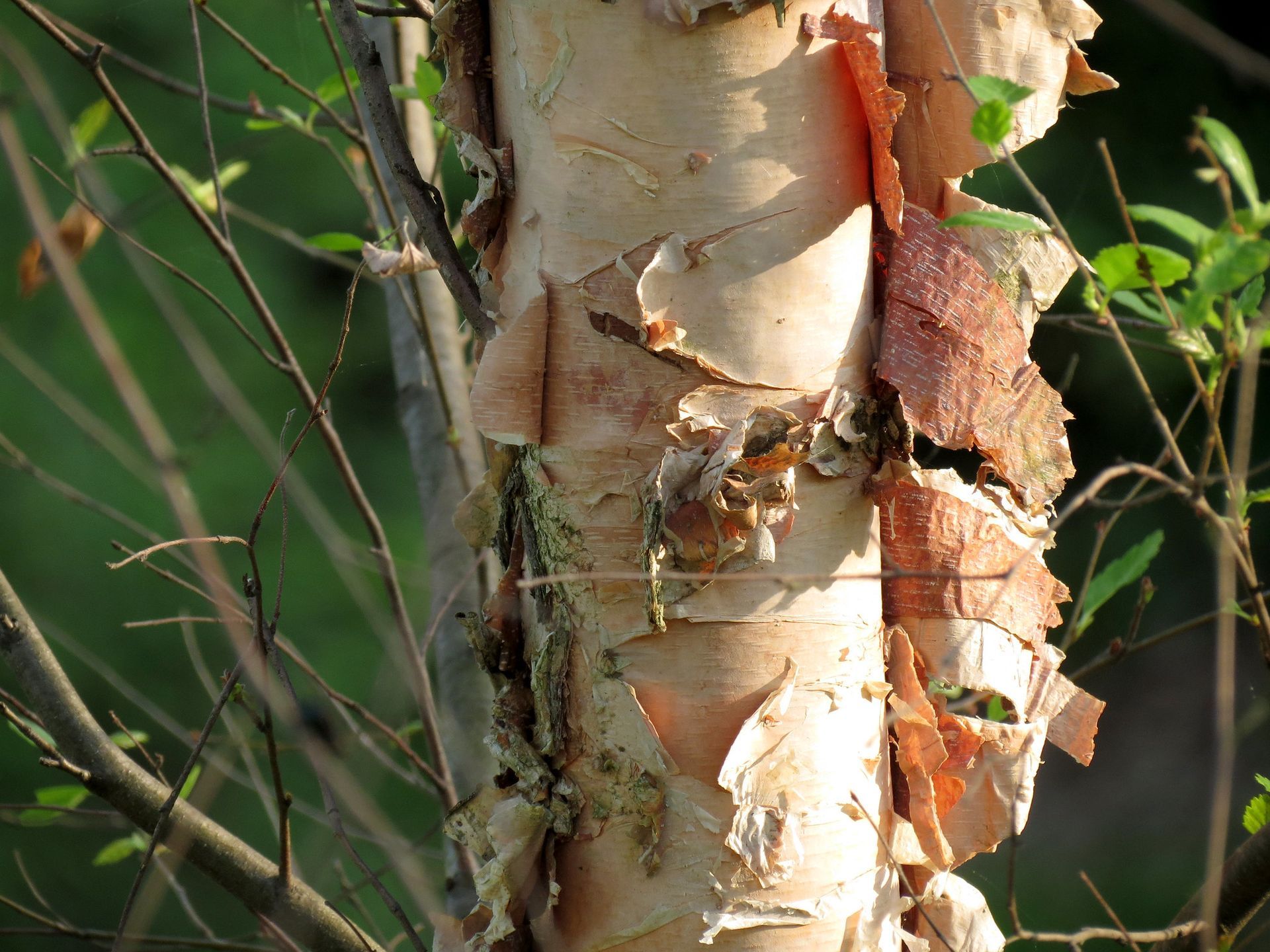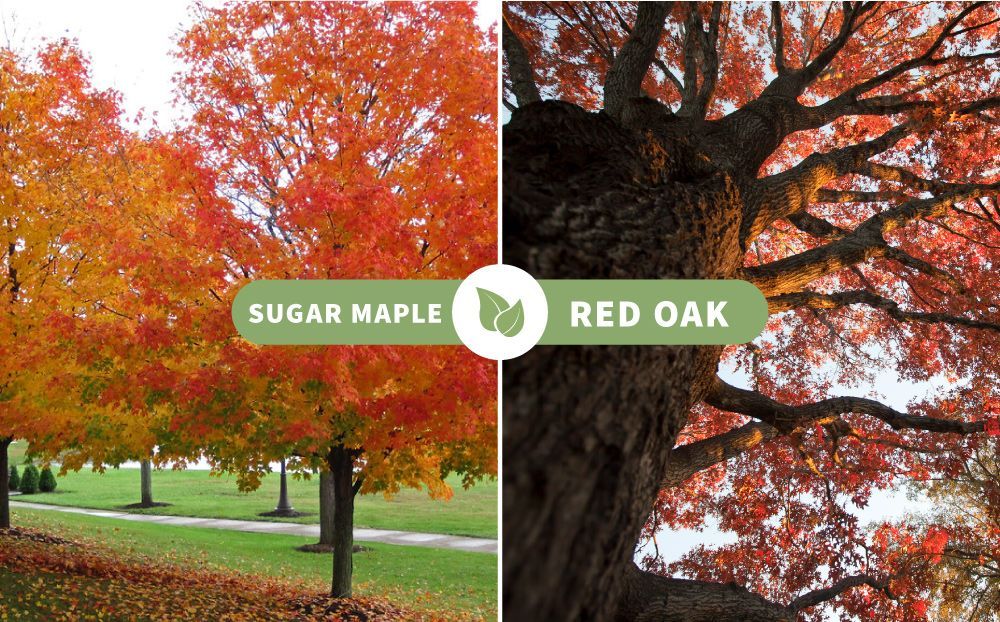Beginner Tips for Identifying Trees

Before you venture out to explore the wonderful world of trees, it's helpful to be equipped with some general tips for tree identification. This basic guide will provide you with a solid foundation for recognizing various tree species, making your outdoor experiences even more enriching and enjoyable.
Examine the leaves
Leaves are often the most distinctive feature of a tree and can provide valuable clues for identification. Pay attention to the leaf shape, size, color, and edge characteristics (smooth, serrated, or lobed). Also, note whether the leaves are simple (a single leaf attached to a stem) or compound (multiple leaflets attached to a single stem).
Study the bark
Bark can be a helpful indicator of a tree's identity, as it often has unique patterns, colors, and textures. Observe the bark's overall appearance and feel, and take note of any furrows, ridges, or flakiness.
Observe the tree's overall shape and size
Different tree species can have distinct growth habits, which can be useful for identification. Consider the tree's height, crown shape (rounded, spreading, or conical), and branching pattern (symmetrical or irregular).
Inspect the flowers and fruits
If the tree has flowers or fruits, they can provide valuable information for identification. Take note of the flower color, size, and arrangement, as well as the fruit's shape, size, and color.
Take note of the tree's habitat
Many tree species have specific preferences for soil types, moisture levels, and sunlight exposure. Considering the tree's surroundings can help narrow down the possible species.
Use a field guide or smartphone app
There are numerous field guides and smartphone apps available that can assist you in tree identification. These resources often provide detailed images and descriptions of various tree species, making it easier to match your observations with the correct tree.
By keeping these general tips in mind and combining them with the specific identification features discussed in the previous sections, you'll be well on your way to becoming a skilled tree spotter. Embrace the adventure and delight in the knowledge that each tree has a unique story to tell.
Time To Test Your Skills!
Minnesota is home to a wide variety of tree species, but two of the most common types are the red oak and the sugar maple. While both trees are deciduous and have similar habitats, they have distinct features that can help you tell them apart.

Let’s apply what we learned above to help us identify a Sugar Maple vs a Red Oak!
- Examine the leaves:
The leaves of the red oak are typically larger and have deeper lobes than the sugar maple. Red oak leaves also have pointed tips, while sugar maple leaves have rounded tips. Additionally, red oak leaves have a shiny, dark green color on top, while the underside is paler and may have a slight fuzziness. Sugar maple leaves, on the other hand, have a more uniform green color on both sides, with a lighter shade underneath.
- Study the bark:
The bark of a red oak is typically darker and rougher than that of a sugar maple. Red oak bark has deep ridges and furrows that create a diamond-like pattern, while sugar maple bark is smoother and has a lighter, grayish color.
- Observe the tree's overall shape and size: Red oaks tend to have a more upright and symmetrical shape, while sugar maples have a rounder and spreading shape. Additionally, red oaks can grow up to 80 feet tall, while sugar maples typically reach a height of 60 to 75 feet.
- Inspect the flowers and fruits: Both trees have inconspicuous flowers, but the fruits of a red oak are small, acorn-shaped nuts that have a cap that covers the top, while sugar maples have winged seeds, known as samaras, that are paired and hang down in clusters.
- Take note of the tree's habitat: Red oaks prefer well-drained soils and can grow in a range of habitats, including forests and savannas. Sugar maples prefer moist soils and are often found in riparian zones and along streambanks.
By keeping these general tips in mind and combining them with the specific identification features we discussed, you'll be well on your way to becoming a skilled tree spotter. Embrace the adventure and delight in the knowledge that each tree has a unique story to tell!
© 2024 All Rights Reserved | North Woods Industries, LLC | Privacy Policy
NWI Tree Service & Landscaping



